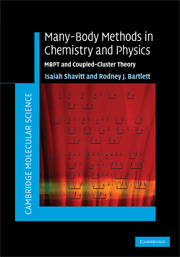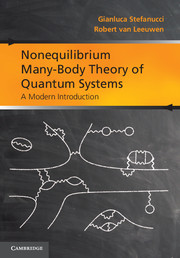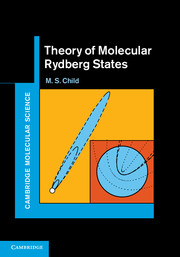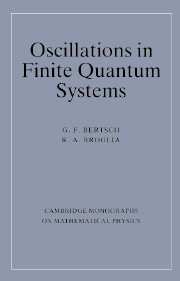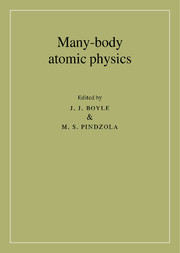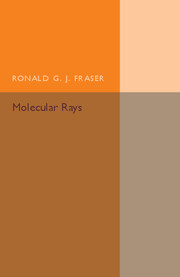Many-Body Methods in Chemistry and Physics
MBPT and Coupled-Cluster Theory
Part of Cambridge Molecular Science
- Authors:
- Isaiah Shavitt, University of Illinois, Urbana-Champaign
- Rodney J. Bartlett, University of Florida
- Date Published: August 2009
- availability: Available
- format: Hardback
- isbn: 9780521818322
Hardback
Other available formats:
eBook
Looking for an inspection copy?
This title is not currently available for inspection. However, if you are interested in the title for your course we can consider offering an inspection copy. To register your interest please contact [email protected] providing details of the course you are teaching.
-
Written by two leading experts in the field, this book explores the 'many-body' methods that have become the dominant approach in determining molecular structure, properties and interactions. With a tight focus on the highly popular Many-Body Perturbation Theory (MBPT) and Coupled-Cluster theories (CC), the authors present a simple, clear, unified approach to describe the mathematical tools and diagrammatic techniques employed. Using this book the reader will be able to understand, derive and confidently implement relevant algebraic equations for current and even new multi-reference CC methods. Hundreds of diagrams throughout the book enhance reader understanding through visualization of computational procedures and extensive referencing allows further exploration of this evolving area. With an extensive bibliography and detailed index, this book will be suitable for graduates and researchers within quantum chemistry, chemical physics and atomic, molecular and solid-state physics.
Read more- The first book to address Many-Body Perturbation Theory and Coupled-Cluster methods
- Hundreds of diagrams enhance understanding of the methodologies described
- Extensive referencing connects the reader to the research literature in this evolving area
Reviews & endorsements
'All research groups in theoretical chemistry will want to have this volume in their library; the book will form an essential part of any course on electron correlation.' Professor Nicholas Handy, University of Cambridge
Customer reviews
Not yet reviewed
Be the first to review
Review was not posted due to profanity
×Product details
- Date Published: August 2009
- format: Hardback
- isbn: 9780521818322
- length: 548 pages
- dimensions: 254 x 178 x 30 mm
- weight: 1.2kg
- contains: 19 tables
- availability: Available
Table of Contents
1. Introduction
2. Formal perturbation theory
3. Second quantization
4. Diagrammatic notation
5. Diagrammatic expansions for perturbation theory
6. Proof of the linked-diagram theorem
7. Computational aspects of MBPT
8. Open-shell and quasidegenerate perturbation theory
9. Foundations of coupled-cluster theory
10. Systematic derivation of the coupled-cluster equations
11. Calculation of properties in coupled-cluster theory
12. Additional aspects of coupled-cluster theory
13. The equation-of-motion coupled-cluster method for excited, ionized and electron-attached states
14. Multireference coupled-cluster methods.-
General Resources
Find resources associated with this title
Type Name Unlocked * Format Size Showing of
This title is supported by one or more locked resources. Access to locked resources is granted exclusively by Cambridge University Press to lecturers whose faculty status has been verified. To gain access to locked resources, lecturers should sign in to or register for a Cambridge user account.
Please use locked resources responsibly and exercise your professional discretion when choosing how you share these materials with your students. Other lecturers may wish to use locked resources for assessment purposes and their usefulness is undermined when the source files (for example, solution manuals or test banks) are shared online or via social networks.
Supplementary resources are subject to copyright. Lecturers are permitted to view, print or download these resources for use in their teaching, but may not change them or use them for commercial gain.
If you are having problems accessing these resources please contact [email protected].
Sorry, this resource is locked
Please register or sign in to request access. If you are having problems accessing these resources please email [email protected]
Register Sign in» Proceed
You are now leaving the Cambridge University Press website. Your eBook purchase and download will be completed by our partner www.ebooks.com. Please see the permission section of the www.ebooks.com catalogue page for details of the print & copy limits on our eBooks.
Continue ×Are you sure you want to delete your account?
This cannot be undone.
Thank you for your feedback which will help us improve our service.
If you requested a response, we will make sure to get back to you shortly.
×
